Country Life Today: The RAF weathermen who saved D-Day and the bees who have learned to read
The story of the aircrew who gave their lives to prevent D-Day becoming a disaster, how bees are learning to read, how nuclear submarines are being subsidised by your electricity bills and why we won't be living on Mars in 2050 after all (it'll be another planet instead).


The weathermen who saved D-Day
Of all the harrowing and inspiring tales of D-Day being re-told on the 75th anniversary of the invasion, one of the most fascinating is that of Group Captain James Stagg. Stagg was the RAF meteorologist who persuaded General Eisenhower to push back the Allied assault by one day, and while his story is relatively well-known, less commonly-acknowledged is the sacrifice of the air crews who helped him.
Stagg correctly predicted that a disastrous storm would hit northern France on the original planned date – June 5th – but that the weather would break enough on the 6th for an invasion to go ahead.
This is the sort of information we take for granted today, but it was heard-earned in 1944. Dozens of brave pilots and crew of 518 Squadron died in appalling weather conditions as they repeatedly flew 10-hour missions from their base in Tiree into the heart of Atlantic storms to collect the weather data Stagg needed to understand what would happen. Quite incredible – the excellent article by Cameron Buttle of BBC Scotland should be required reading.
Un'bee'lievably smart – but can bees really learn to read?

A group of honeybees have been taught to read numbers and understand their meanings – the first time that insects have been shown to be capable of this feat.
'For the first time researchers trained honeybees to match characters to specific quantities, so for example they could recognise that “two” could represent two bananas, two trees or two hats,' a report in The Independent explains.
Seeing as we learned that bees can do basic maths in February, perhaps this shouldn’t be so much of a surprise. But when you learn the relative size of bee brains, it's astonishing: we have 86 billion neurons, bees have less than a million.
Sign up for the Country Life Newsletter
Exquisite houses, the beauty of Nature, and how to get the most from your life, straight to your inbox.
‘When we’re looking for solutions to complex problems, we often find that nature has already done the job far more elegantly and efficiently’, says Adrian Dyer, an associate professor from RMIT University in Melbourne.
The mystery of Ireland's humpback whales

In the late 1990s, a group of humpback whales started turning up regularly of the west coast of Ireland. They were as mysterious as they were majestic; where had they come from?
Years of effort has now yielded an answer: Africa. The Times reports that a whale that beached on County Kerry in 2015 was tagged before being returned to the water, and was spotted again earlier this year near an island of Cape Verde. It seems that the whales have been making round-trips of 5,000 miles a year for their food.
Full story ( The Times - subscription required)
Stat of the day
50,000
The number of plastic particles humans eat a year, according to an article in The Guardian. Yet another reason to put down the bottled water...
Is your electricity bill subsidising nuclear submarines?
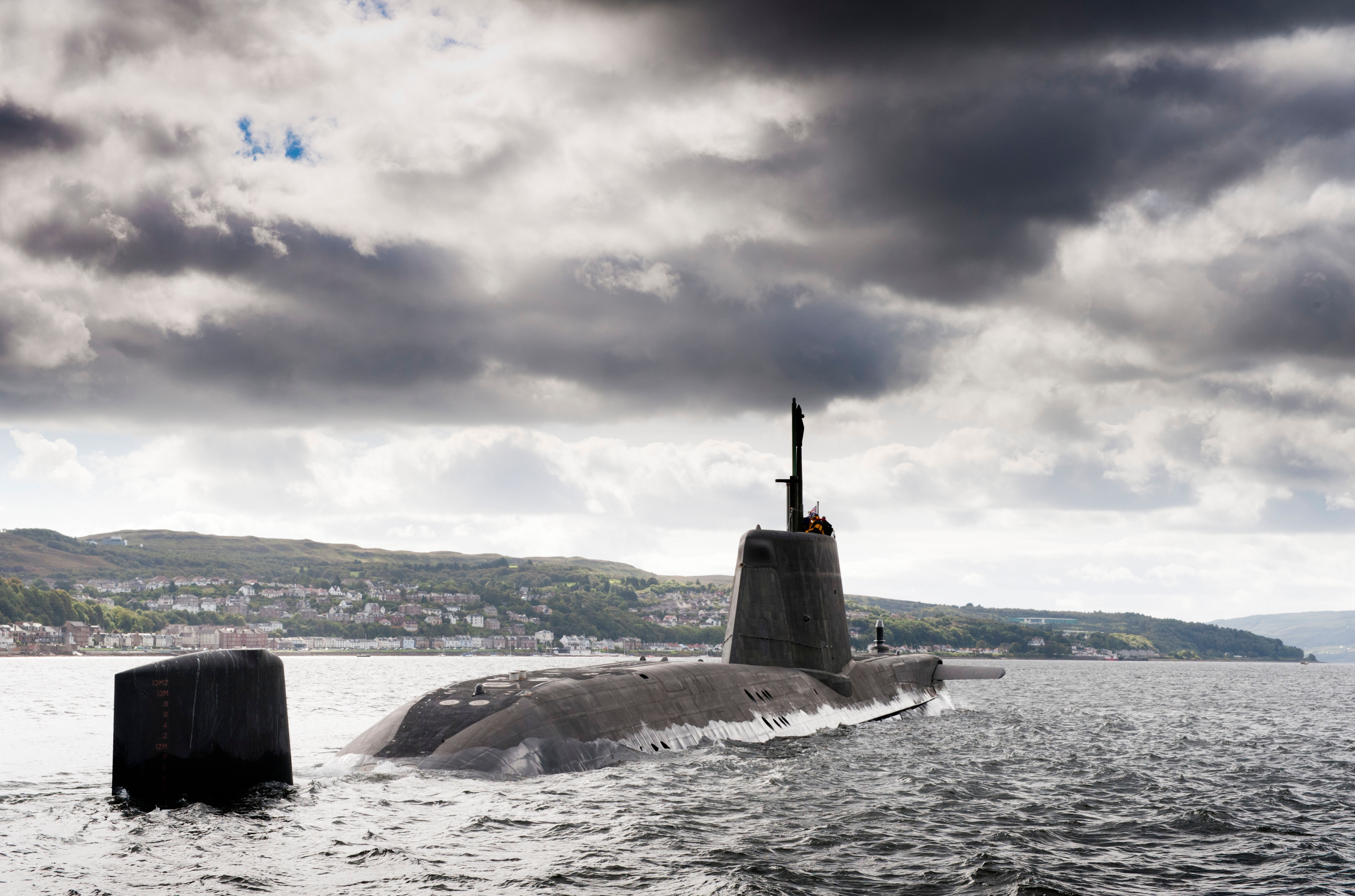
As renewable energy becomes cheaper and easier to produce, the arguments for the use of nuclear energy become harder to push each year. So why do we keep pushing forward with it?
The government's official line is that a mix of energy sources is the best way forward – a fairly reasonable argument, you might think, given how the landscape of these things change. After all, 40 years ago some scientists advocated pumping more CO2 into the atmosphere as they feared we might be entering a new ice age.
But a group of scientists have now suggested that the only reason we still have nuclear power plants running is so that Britain's arsenal of nuclear submarines can be kept running.
'It is clear that the costs of maintaining nuclear submarine capabilities are insupportable without parallel consumer-funded civil nuclear infrastructures,' Professor Andy Stirling of the University of Sussex told the BBC. 'The accelerating competitiveness of renewable energy and declining viability of nuclear power are making this continuing dependency increasingly difficult to conceal.'
Why we won't be living on Mars in 2050
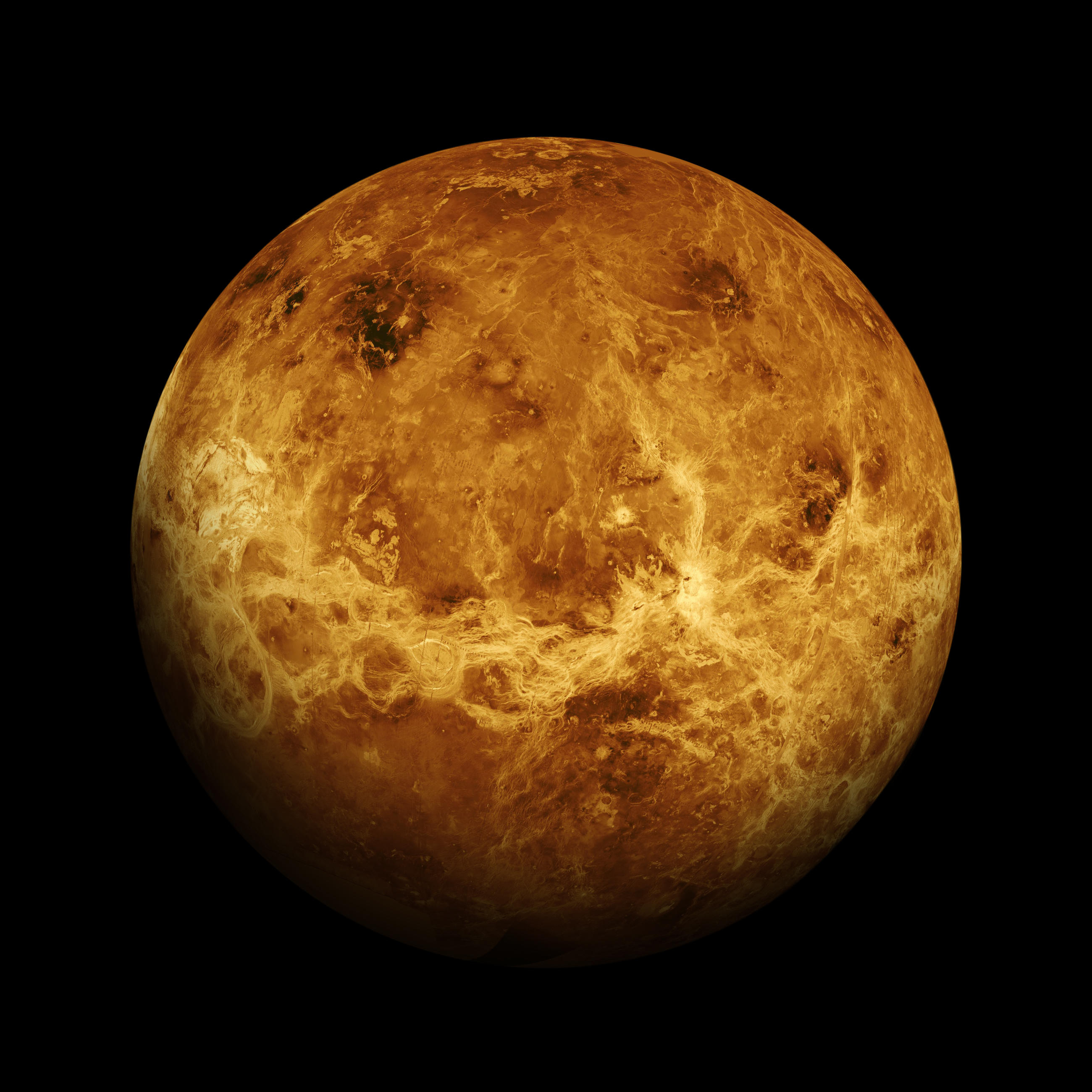
It's because we'll be living on Venus instead, according to this story in Nature. The might be a hellishly hot ball surrounded by a highly toxic atmosphere, but it probably has a much better chance of one day sustaining life.
And finally... Quote of the Day
'The only thing necessary for the triumph of evil is for good men to do nothing'
– John F. Kennedy

Country Life Today: The astonishingly simple solution to making our canals litter-free and beautiful
Today we look at why our canals have become rivers of plastic, but it needn't be that way; the scrapping
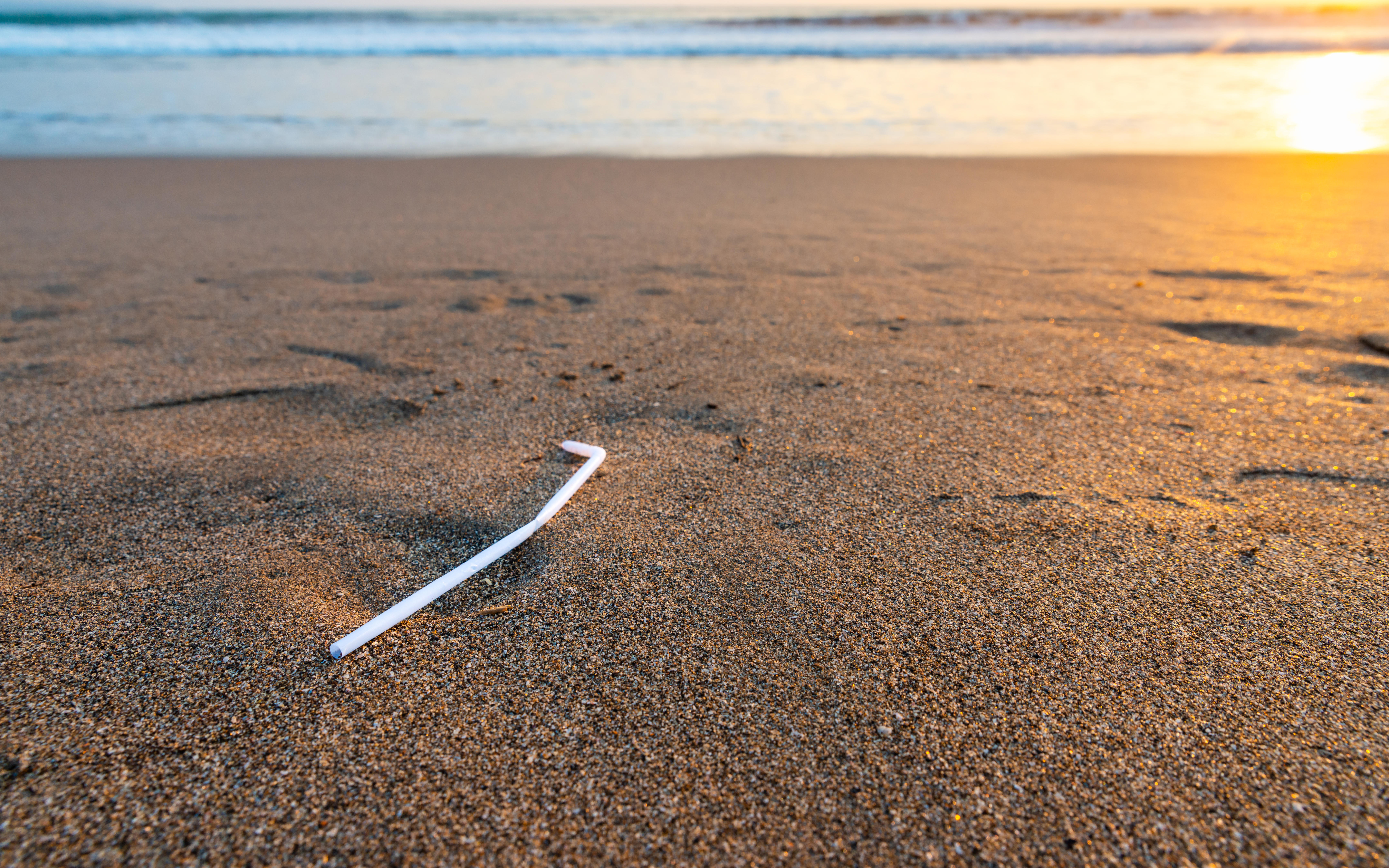
Country Life Today: The war on plastic takes aim at drinking straws
In today's news round-up, we look at the latest efforts to tackle plastic pollution; worrying update on what might happen

Country Life Today: The billion-year-old fungi that could rewrite the story of evolution
Fungi has been discovered that could change the story of how life evolved; an insider's guide to spotting seals; how
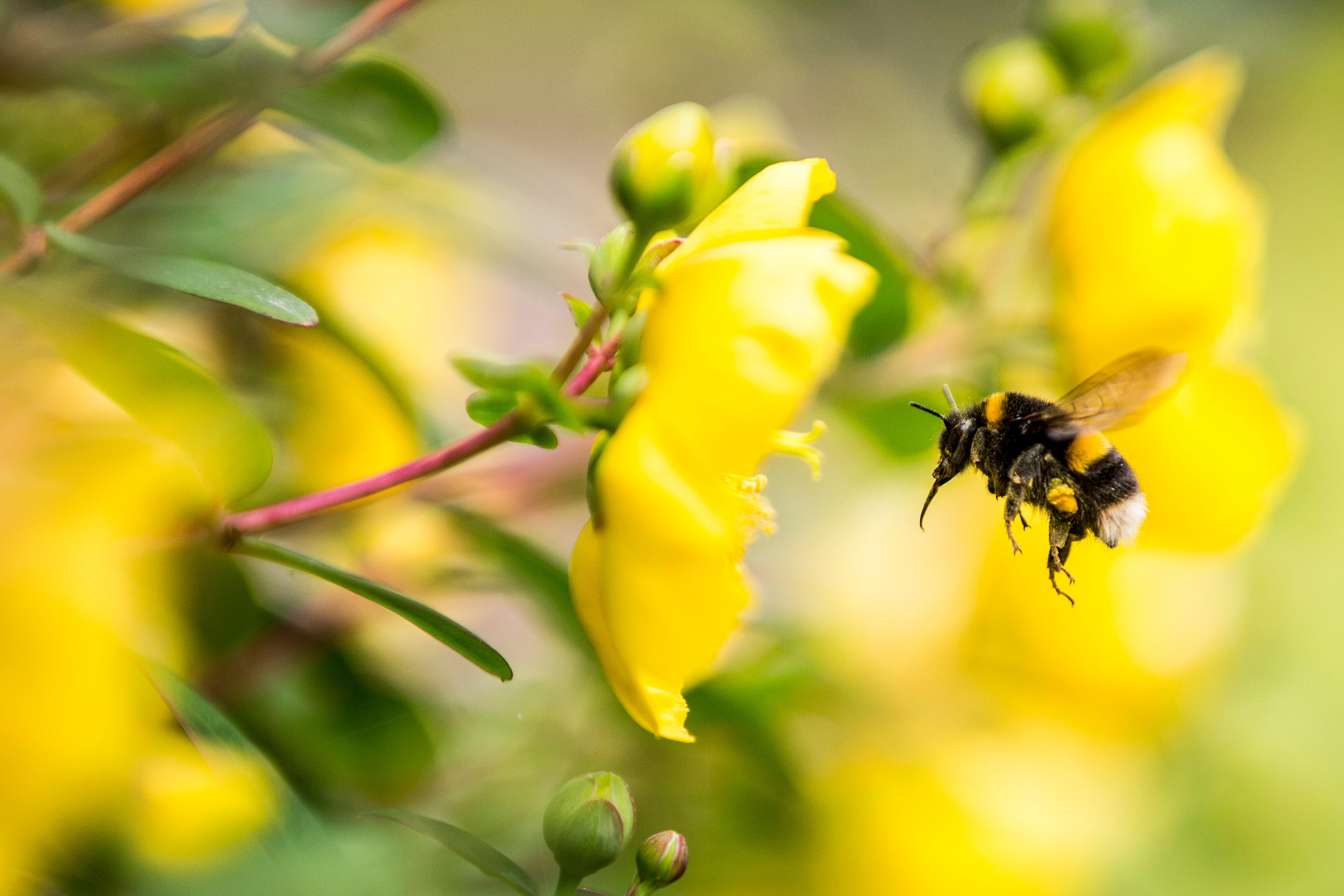
Country Life Today: Bumblebees still reeling after 'Beast from the East', and the eagle that broke the internet

Country Life Today: Britain's most popular dog, how birdfeeders changed Britain and getting arrested for pebble-picking
The Kennel Club have released their latest stats on dog registration; the RHS are warning about a potential new garden

Country Life Today: The incredible difference buying British can make, a heroic rescue and the raccoon dogs invading England
Today we find out just how much better buying British can be; witness the heroics of the painter and decorator

Country Life Today: Box caterpillars knock slugs off top spot in the RHS's list of pests — but is hope at hand?
This morning we report hope in the fight against box caterpillars, take a look at what really happens when wolves

Credit: Getty / EyeEm
Country Life Today: The coming of the Age of Man – the first epoch defined by Man's impact on the environment
The arrival of the Anthropocene as a proposed new global era; a call to re-wild deer-stalking fields in Scotland; how
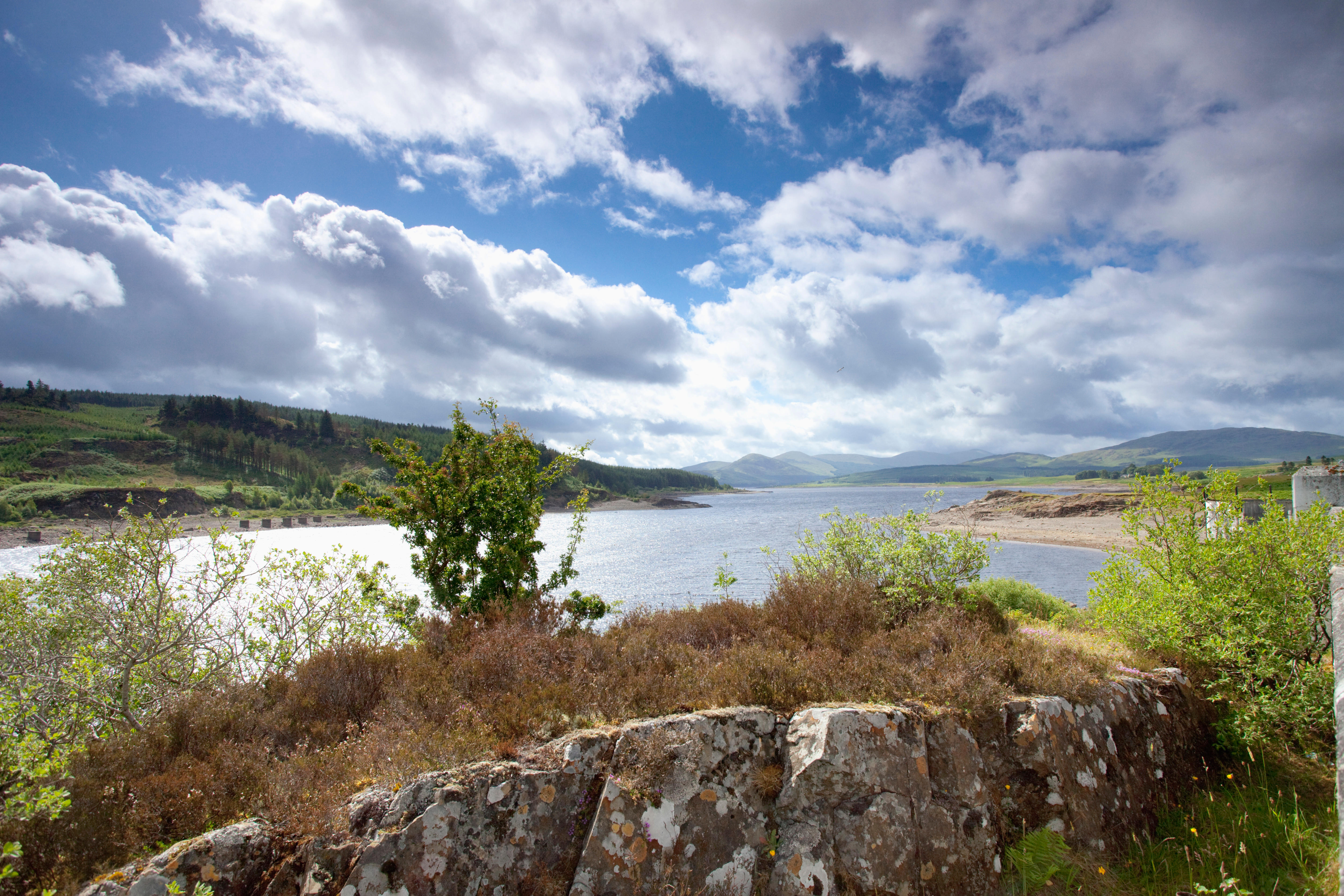
Country Life Today: Nature reclaims an abandoned coal mine, D-Day landmarks get listed status and the £1m Lewis Chessman who spent 50 years in a drawer
This morning we look at an astonishing antique find, how nature is fighting back at 'Scotland's Grand Canyon' and how
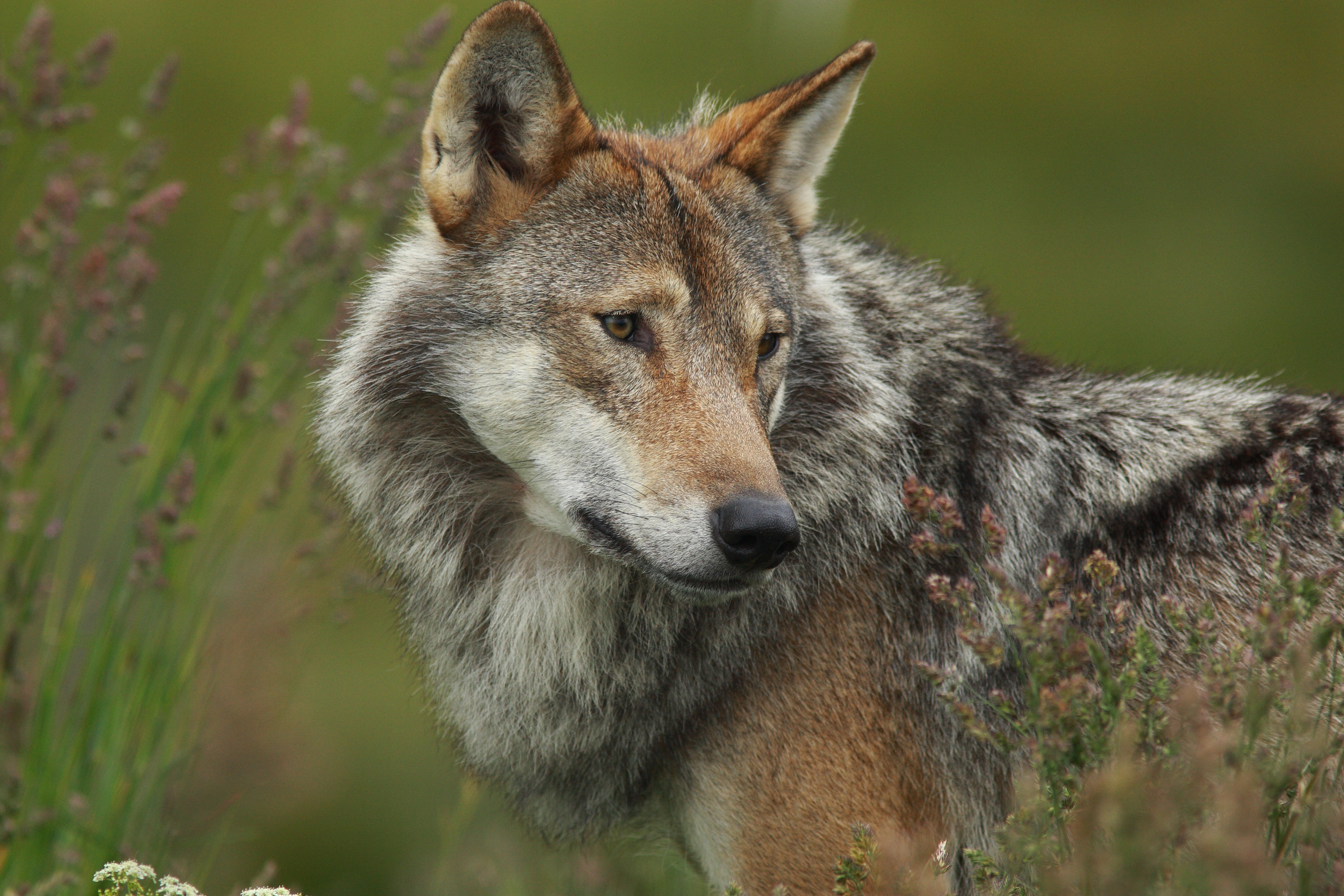
Country Life Today: How wolves could help farmers, the great Scottish tea mystery and why electric ice cream is coming soon to a van near you
Our morning news round-up looks at a new explanation of how wolves could help farmers; heeds a warning about unintended
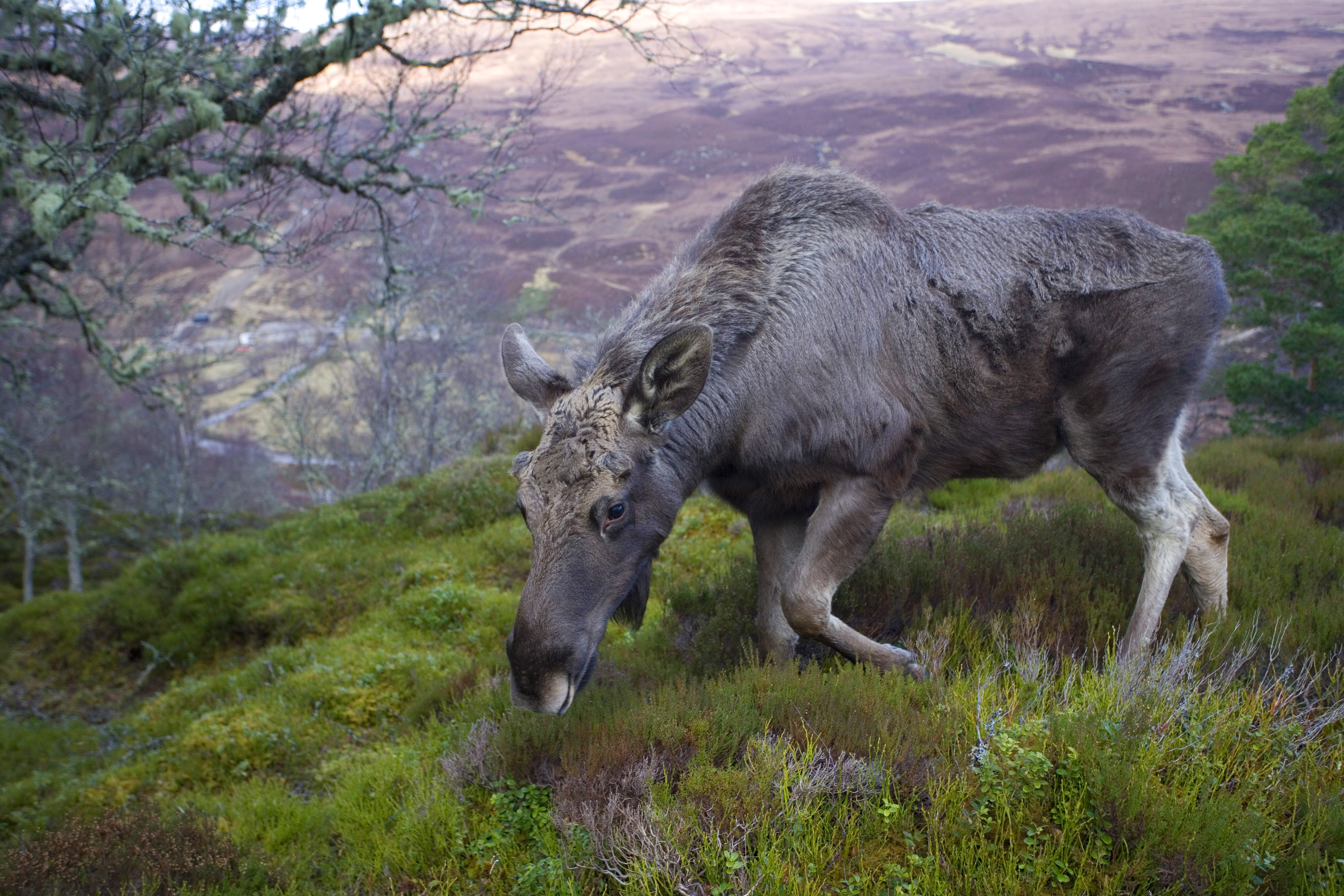
Country Life Today: How elk could save the Scottish countryside, a recent outbreak of disease in bee hives and the enduring appeal of a fixer-upper
-
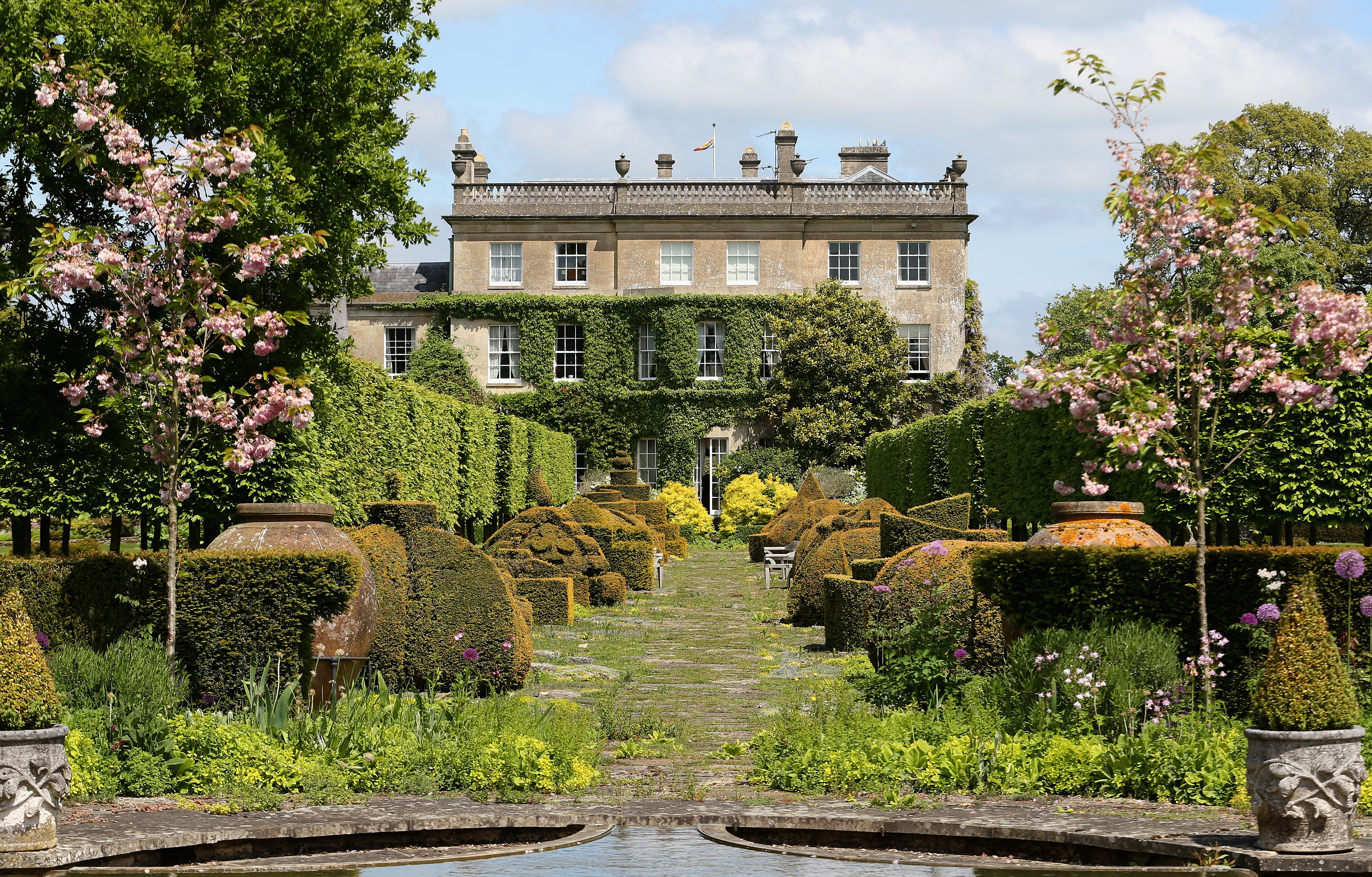 Sanderson's new collection is inspired by The King's pride and joy — his Gloucestershire garden
Sanderson's new collection is inspired by The King's pride and joy — his Gloucestershire gardenDesigners from Sanderson have immersed themselves in The King's garden at Highgrove to create a new collection of fabric and wallpaper which celebrates his long-standing dedication to Nature and biodiversity.
By Arabella Youens
-
 The coveted Hermès Birkin bag is a safer investment than gold — and several rare editions are being auctioned off by Christie’s
The coveted Hermès Birkin bag is a safer investment than gold — and several rare editions are being auctioned off by Christie’sThere are only 200,000 Birkin bags in circulation which has helped push prices of second-hand ones up.
By Lotte Brundle
-
 The brilliant tractor tribute to the NHS from a group of Warwickshire farmers
The brilliant tractor tribute to the NHS from a group of Warwickshire farmersPeople around Britain have been paying tribute to the efforts of our NHS workers at the time of the coronavirus pandemic — but few have been as creative and clever as this one.
By Toby Keel
-
 London's iconic red bus at risk and 6,000 year old chewing gum gives clues into our DNA history
London's iconic red bus at risk and 6,000 year old chewing gum gives clues into our DNA historyCuts to industry subsidies and an increase in fares has left bus use at its lowest point ever, while DNA extracted from ancient 'chewing gum' allows scientists to decipher the genetic code of a Stone Age woman.
By Alexandra Fraser
-
 90-million-year-old 'swimming dinosaur' skeleton found by dogs out walking in Somerset, and the nonchalant moths who don't bother fleeing enemies
90-million-year-old 'swimming dinosaur' skeleton found by dogs out walking in Somerset, and the nonchalant moths who don't bother fleeing enemiesA superbly intact dinosaur skeleton — described as being 'museum quality' — has been discovered on a beach in Somerset.
By Toby Keel
-
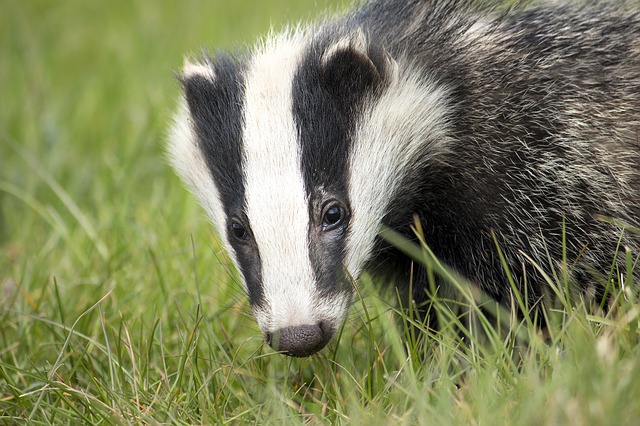 Battle to ban 4x4s from the idyllic Lake District spot bequeathed by Beatrix Potter, eagle fights octopus and the 'snail's pace' climate talks
Battle to ban 4x4s from the idyllic Lake District spot bequeathed by Beatrix Potter, eagle fights octopus and the 'snail's pace' climate talksThis morning we look at Little Langdale's fight for peace, reflect on the climate change talks in Madrid and discover the soundtrack for Brexit.
By Toby Keel
-
 Country Life Today: How Greta Thunberg shifted the dial on climate change — and the backlash shows just how much
Country Life Today: How Greta Thunberg shifted the dial on climate change — and the backlash shows just how muchThis morning we ponder whether Greta Thunberg is the Joan of Arc for the environmental movement, look at a key election — one from 19 years ago — and ponder the marvel of 'dad tidying'.
By Toby Keel
-
 Country Life Today: Great news for those who love our great country pubs — the years of decline are over
Country Life Today: Great news for those who love our great country pubs — the years of decline are overThere is a great sign of health in the pub industry, we look back at Edward VIII's abdication message and fret about Greenland's melting ice.
By Toby Keel
-
 Country Life Today: Spain accused of being 'a deplorable choice' for UN climate conference
Country Life Today: Spain accused of being 'a deplorable choice' for UN climate conferenceA no-holds-barred assault on the Spanish fishing industry, Banksy raising awareness of the homeless and the woes of the Christmas jumper are in today's news round-up.
By Carla Passino
-
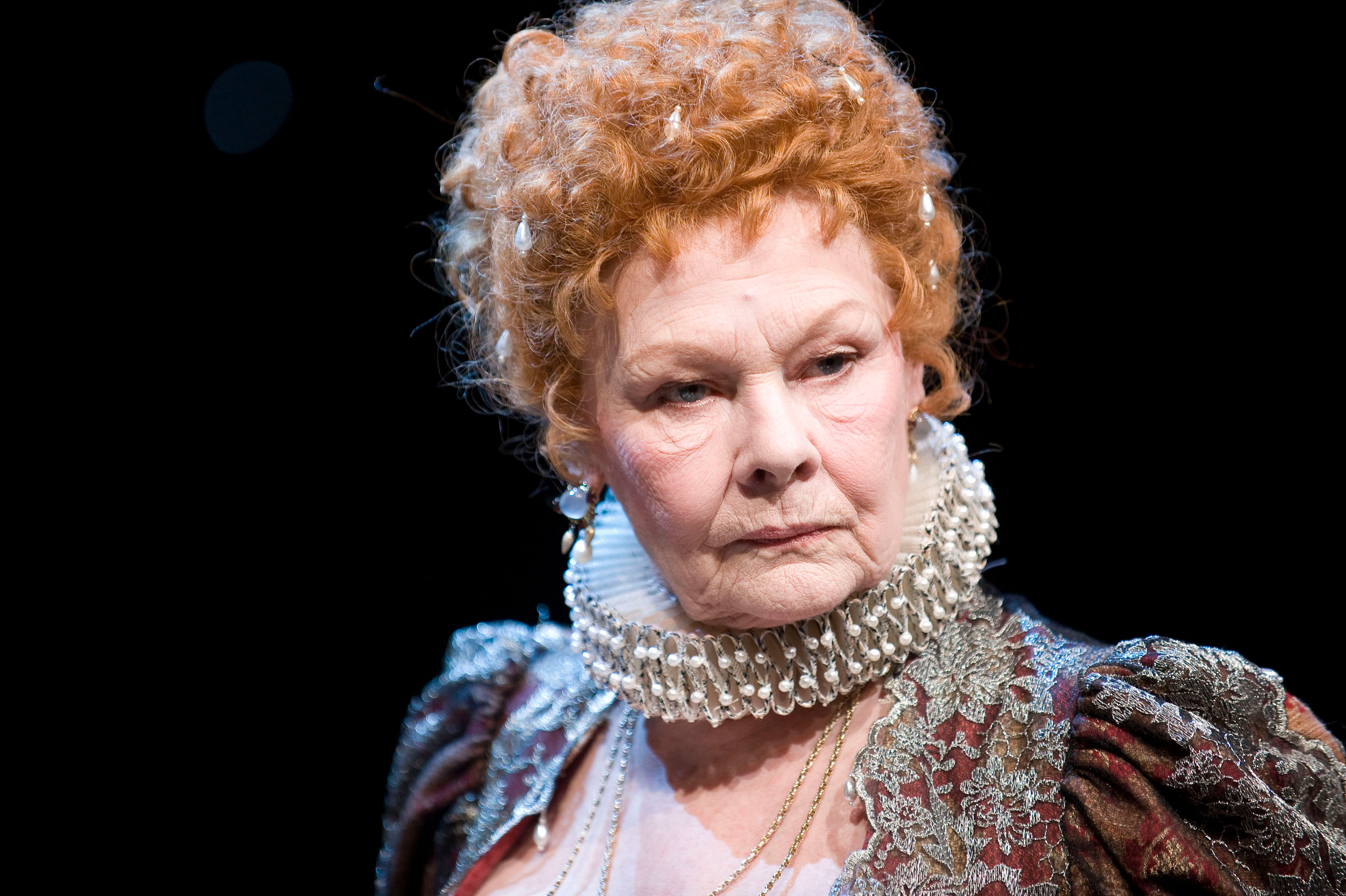 Country Life Today: 'This is perhaps the ultimate wake-up call from the uncontrolled experiment humanity is unleashing on the world’s oceans'
Country Life Today: 'This is perhaps the ultimate wake-up call from the uncontrolled experiment humanity is unleashing on the world’s oceans'In today's round up, we examine why oxygen loss is putting oceans at risk, discover that action to cut air pollution brings almost immediate benefits to human health and find out which bird's arrival marks the start of winter in Gloucestershire.
By Carla Passino